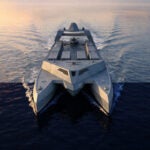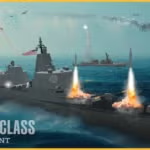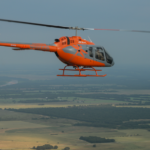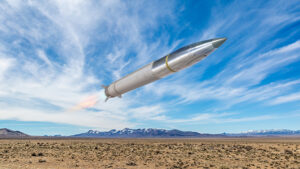By Ann Roosevelt BAE Systems yesterday said it has added Northrop Grumman [NOC] to its Joint Light Tactical Vehicle (JLTV) team. The team currently consists of BAE, Navistar Defense and Meritor Defense (formerly ArvinMeritor). JLTV, a multi-service initiative for a family of future light tactical vehicles, is in the Technology Demonstration Phase. A request for proposals for the engineering and manufacturing development (EMD) phase is expected this summer, according to Army briefings at the National Defense Industrial Association (NDIA) Tactical…
Contract Updates
General Dynamics Information Technology Inc. (Falls Church, Virginia) – $12,584,393
General Dynamics Information Technology Inc., Falls Church, Virginia, was awarded a $12,584,393 firm-fixed-price, indefinite-delivery/indefinite-quantity contract for the management, technical services, labor, material, support services, equipment, and facilities to accomplish repair and refurbishment of MK-41 Vertical Launch Systems on board Navy…
Virginia Pilot Association (Virginia Beach, Virginia) – $13,101,154
Virginia Pilot Association,* Virginia Beach, Virginia, was awarded $13,101,154 firm-fixed-price, indefinite-delivery/indefinite-quantity contract to provide pilot services in support of Commander, Navy Region Mid-Atlantic Port Operations to assist with the navigation of ships in and out of areas from Cape Henry…
Bell Textron Inc. (Fort Worth, Texas) – $14,071,857
Bell Textron Inc., Fort Worth, Texas, was awarded a $14,071,857 modification (P00012) to a cost-plus-fixed-fee order (N0001924F2602) against a previously issued basic ordering agreement (N0001921G0012). This modification exercises options to provide continued program management, engineering, and logistics services for calendar…
Alabama Shipyard LLC (Mobile, Alabama) – $16,840,735
Alabama Shipyard LLC,* Mobile, Alabama, is awarded a $16,840,735 firm, fixed-price contract (N3220526C0004) for the 98-calendar day shipyard availability for the deactivation of Military Sealift Command's fleet oiler vessel USNS John Ericsson (T-AO 194). This contract includes a base work…













